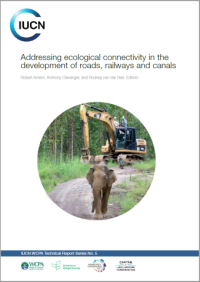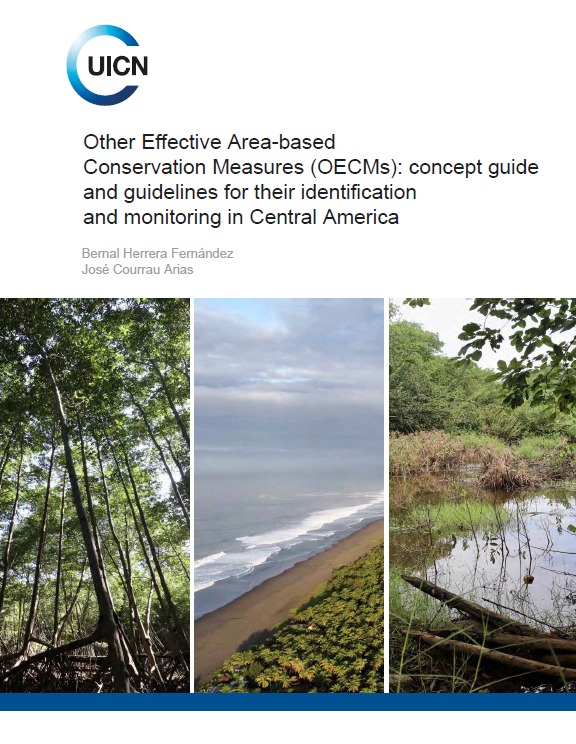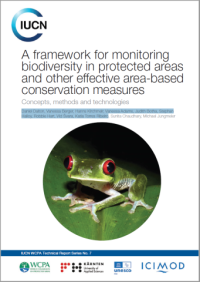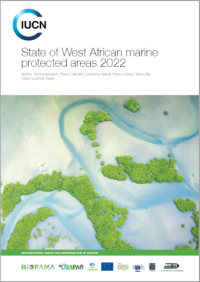Addressing ecological connectivity in the development of roads, railways and canals
The development of linear transport infrastructure (LTI) can have a variety of direct and indirect impacts on protected and conserved areas (PCAs) and other intact areas with high biodiversity and ecological connectivity values. Poorly planned and constructed roads, railways and canals can sever habitats, disrupt ecosystems and threaten species. However, a growing number of solutions are available for overcoming these challenges, balancing the social and economic benefits of LTI development with ecological well-being. This technical report provides an overview of practical, feasible science-based strategies for PCA managers, transport practitioners, industry, conservationists and other stakeholders interested in biodiversity and ecological connectivity conservation in, and adjacent to, PCAs. It identifies effective solutions that can be used in a variety of contexts around the world and promotes best practices for the various phases of infrastructure development: planning, design, construction, operations and monitoring. Furthermore, it underscores the need for cross-sectoral commitments to good governance, effective policies, and financing for avoiding and mitigating the impacts of LTI on the environment.




